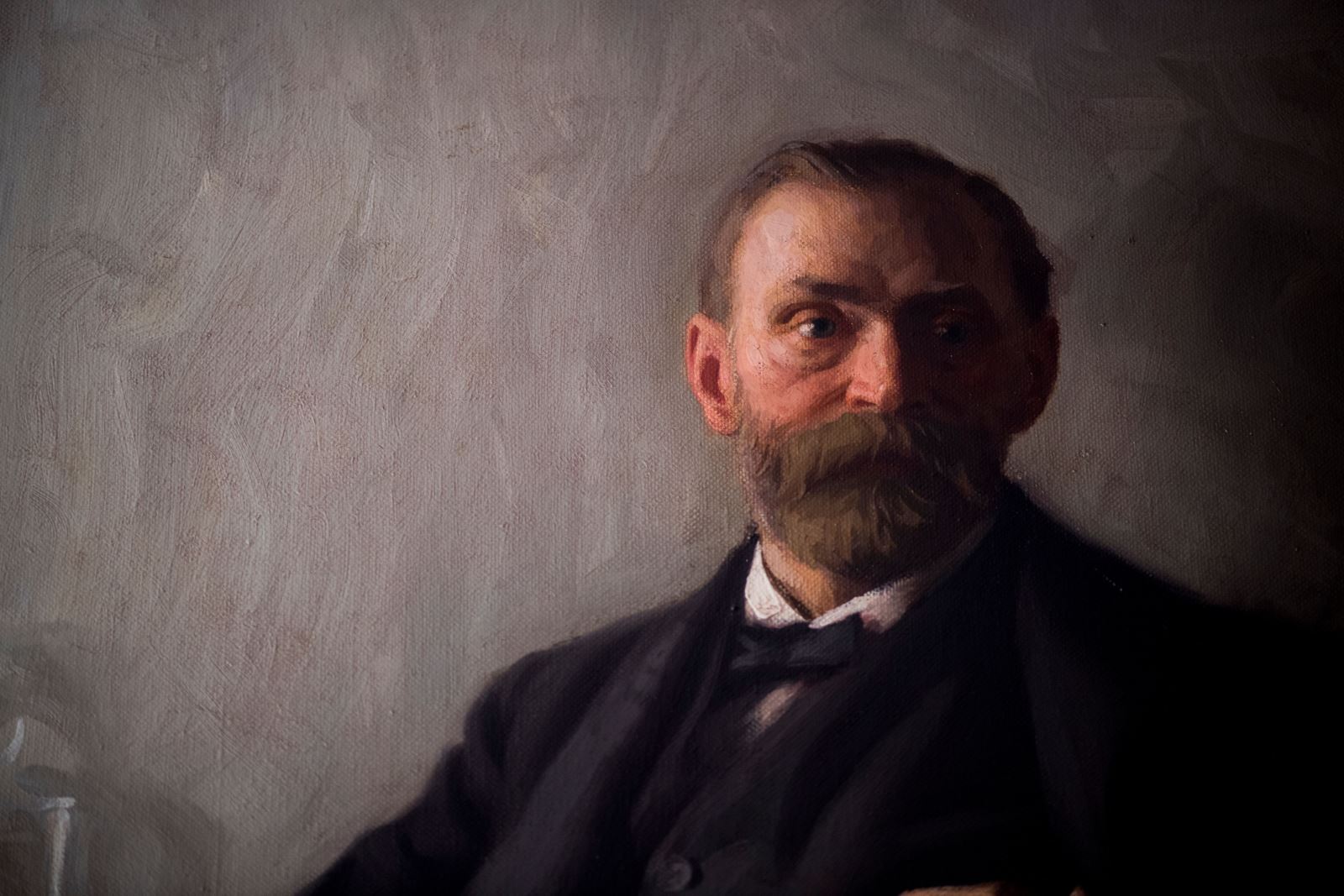The Explosive Power of Peace
Share




Every year, we eagerly await the announcement of the finest award in the world, the Nobel Prize, which gives us a deep feeling of pride and affection for the laureates whose work “confers the greatest benefit on mankind”, and who do their best in helping people around the globe grow and thrive. However, this is only the happy ending of the story, which started very differently and was not destined to unfold this way.
The Nobel Prize was first established in 1895, and is awarded in the fields of physics, chemistry, medicine, literature, and peace. However, like any other prestigious achievement, discovery, or innovation, the prize was born through a very dramatic story that highlights how good and peace could emerge from destruction and devastation.
Speaking of the Nobel Peace Prize, which, according to the last will of its founder Alfred Nobel, is awarded “to the person who shall have done the most or the best work for fraternity between nations, the abolition or reduction of standing armies, and for the holding and promotion of peace congresses”, we come across the original story of the Nobel Prize, which was shaped by two major turning points that impacted Alfred Nobel deeply and were a major turning point in his work and the course of history on a wider scale.
A Peaceful Beginning
Born in 1833 in Stockholm, Sweden, Alfred Bernhard Nobel shined under strict Russian tutelage and mastered several languages, as well as chemistry, physics, poetry, and natural sciences. Afterwards, his father sent him to Paris to further his training in chemistry and engineering.
While studying in Paris, Nobel met Italian chemist Ascanio Sobrero; in 1847, the latter invented nitroglycerin; the oily, liquid explosive made by combining glycerin with nitric acid and sulfuric acid. As it was very dangerous, unpredictable, and explosive when subjected to heat or pressure, he strongly opposed the use of nitroglycerin. On the other hand, the young Nobel became interested in finding a way to control and use nitroglycerin as a commercially usable explosive, as it had much more power than gunpowder. He later received his first Swedish patent for finding ways to prepare it in 1863.
In the following years, Nobel devoted himself to the study of explosives, especially to the safe manufacture and use of nitroglycerin. In 1863, he invented a detonator, and in 1865, he designed the blasting cap.

Image Credits: nobelprize.org
The toll of peace
The first turning point happened when the 29-year-old Nobel and his family were working hard on finding the potentials to use nitroglycerine for commercial and industrial uses, even though it was considered too unsafe to have any practical use. During experiments, a huge explosion in the family’s Swedish factory killed five people, including Nobel’s younger brother Emil. Nobel was affected dramatically by this event, so he set out to develop a safer explosive, trying to make nitroglycerin safe; but, it was not that easy. During the following early experiments, including the creation of a “blasting oil”, several deadly explosions occurred, one of them killing 15 people when it exploded in a storeroom in San Francisco.
Finally, in 1867, Nobel patented a mixture of nitroglycerin and an absorbent substance, which produced a compound that could be shaped into short sticks that mining companies might use to blast through rock. Nobel patented this invention as “dynamite”, derived from the Greek word “dunamis”, or “power”; a substance easier and safer to handle than the unstable nitroglycerine. Dynamite was patented in the USA and the UK, and was used extensively in mining and the building of transport networks internationally. Railroad companies could now safely blast through mountains, opening up vast stretches of the Earth’s surface to exploration and commerce. As a result, Nobel grew fantastically wealthy.
“There is nothing in our world that cannot be misused.” Alfred Nobel
The peaceful innovation was unfortunately embedded afterwards in a fatal context, as military authorities began using dynamite in warfare, including dynamite cannons used during the Spanish–American War; at this point, the toll of the invention became too high.
A life-changing error
The second turning point was an accident that made Nobel reconsider all what he had achieved during his life, with all his inventions and 355 different patents. In 1888, when his brother Ludvig passed away, a journalistic error impacted him deeply as he read his own obituary, which was widely printed instead of his brother’s. He was scorned for being the man who made millions through the deaths of others; a French newspaper wrote “Le marchand de la mort est mort”—“the merchant of death is dead”. The obituary described Nobel as a man “who became rich by finding ways to kill more people faster than ever before”.
Nobel was reportedly stunned by what he read and with how he might be remembered; as a result, he was determined to improve his legacy. One year before he, Nobel signed his last will, which set aside the majority of his vast estate to establish the five Nobel Prizes, including one awarded for the pursuit of peace.
This story does not only give us a hint about one of the most prestigious prizes in the world; it also sheds light on the possibility of extracting the good from evil, and getting the right thing back on track even after attempts of diverting its main path.
References
biography.com
en.wikipedia.org
livescience.com